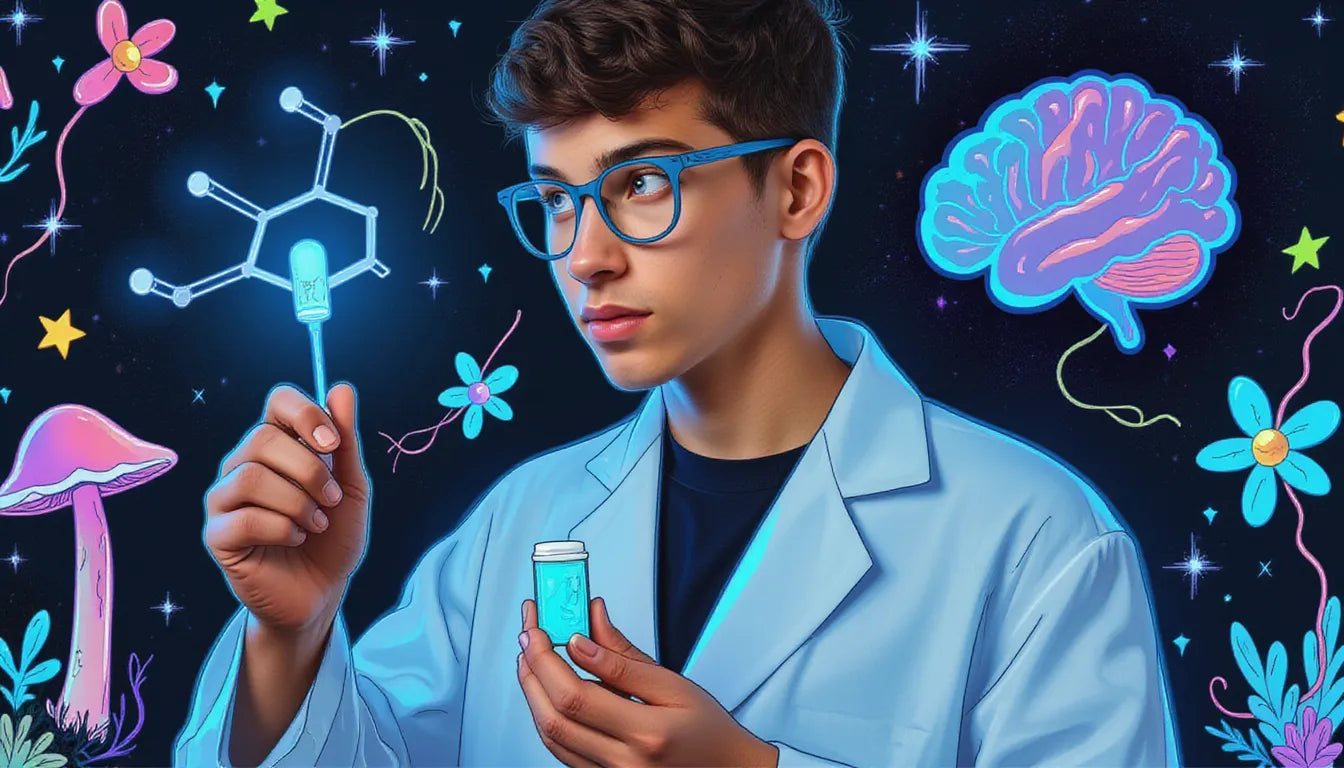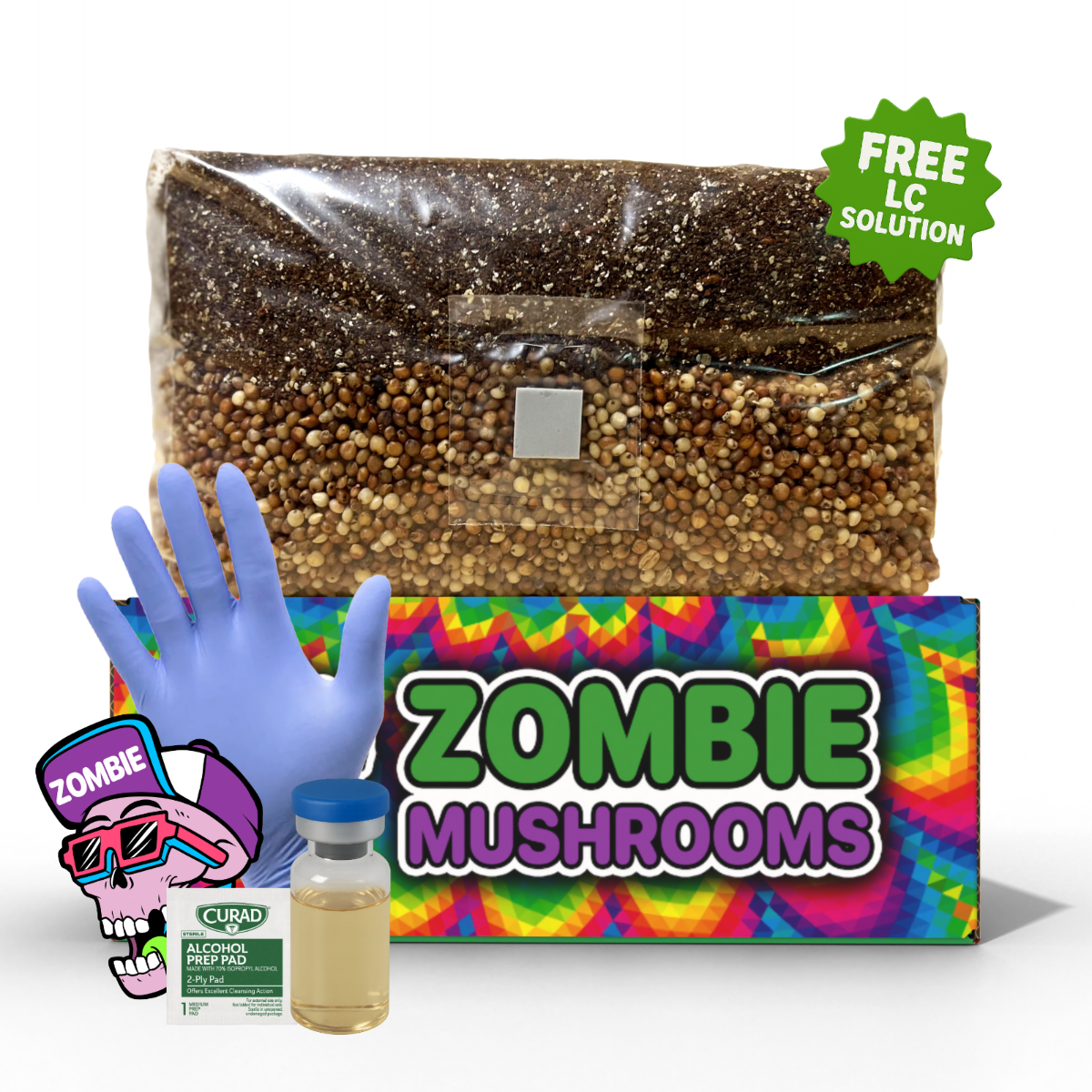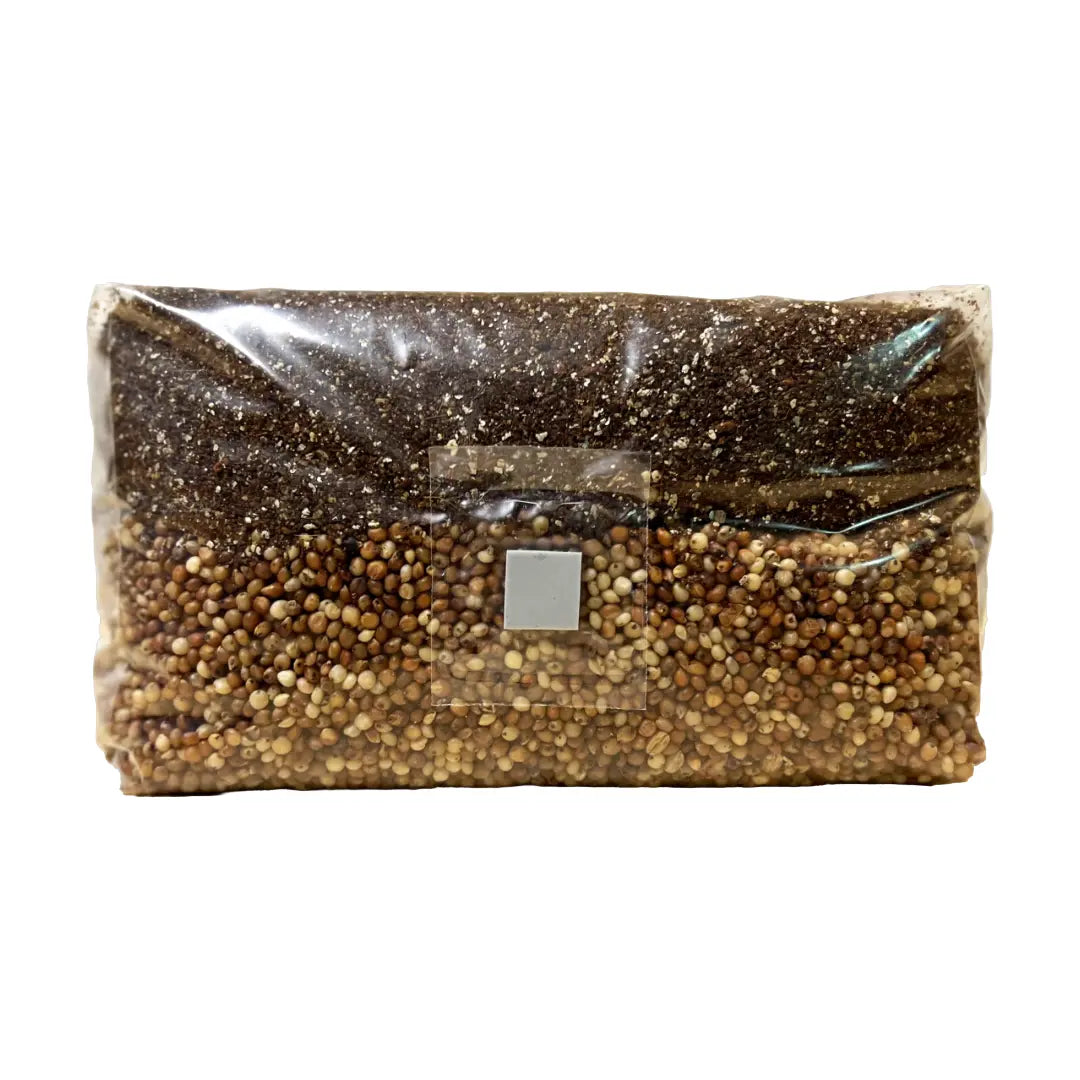⬇️ Prefer to listen instead? ⬇️

- A new LSD analog called (+)-JRT helps brain cells grow and connect without causing hallucinations.
- (+)-JRT made things better for rodents with symptoms like those in schizophrenia. It helped them feel pleasure again and think more flexibly.
- Unlike LSD, JRT does not start gene activity and behavior signs linked to psychosis.
- Only two small changes in atoms make (+)-JRT different from LSD. These changes remove the effects that make people hallucinate.
- If it works and is safe, (+)-JRT could greatly improve schizophrenia treatment for 24 million people.
For decades, using psychedelics to treat psychotic disorders like schizophrenia was seen as very dangerous. People were studying these mind-altering substances for depression and PTSD, but they were avoided in schizophrenia because they could make symptoms worse. But recent progress in psychedelic chemistry is starting to question this old rule. A new LSD analog, called (+)-JRT, has come from research at UC Davis. It shows promise for helping people without the risk of hallucinations. This new compound might really change schizophrenia treatment. It might help the brain heal using psychedelics that don't cause trips, much like how mushroom monotub kits have transformed the way people safely explore cultivation without unnecessary risks.
Psychedelics and Psychosis: Far Apart for a Long Time
Since the middle of the 1900s, psychedelics like LSD, psilocybin, and DMT have interested scientists and everyone else because they change how people think and feel, and some people think they have spiritual uses. But people thought they could cause or make psychotic symptoms worse. This put a strong limit on using them in mental health care. Schizophrenia, which involves hallucinations, false beliefs, and big problems with thinking, seemed especially not suited for the effects of psychedelics, which you can't always predict.
Research into psychedelics pretty much stopped in the 1970s because people worried about safety and because of social and political problems. This made the idea stronger that using psychedelics—even when trying to help people—was too risky for anyone who might get psychosis. Doctors' rules said clearly not to use psychedelics for any condition where reality felt distorted. This was exactly because hallucinations were part of the problem, not something that would fix it.
That's why the making of (+)-JRT is so notable. By making the trip go away but keeping the parts that might help, researchers have questioned one of the main things psychiatric medicine said not to do: use psychedelics in disorders linked to psychosis.
What is (+)-JRT? How the LSD Analog Works
(+)-JRT is a compound made on purpose at the UC Davis lab led by Dr. David Olson. It was carefully changed and came from LSD, a common psychedelic that works on serotonin. Just two small changes in the atoms, which might seem like nothing at first, make (+)-JRT work in a completely different way in the brain.
These changes let it attach to the same serotonin 5-HT2A receptor as LSD. This receptor is important for how you feel, what you see and hear, and how you think. But it doesn't turn on the receptor in a way that causes hallucinations. Instead, it affects receptor pathways that help brain cells change and communicate with each other inside the cell.
In science talk, Olson's team made something called a biased agonist. This is a molecule that turns on only certain signals from a receptor, without turning on the full psychedelic effect. Targeting specific pathways like this is part of a newer area of drug development called "functionally selective pharmacology."
To sum up, (+)-JRT is built like LSD but acts in a totally different way. This shows that the effects that help people can stay—or even be better—without causing the state where you see and hear things that aren't there.

Why Schizophrenia Needs Better Treatments Badly
Schizophrenia affects about 24 million people around the world, according to the World Health Organization (2022). It's one of the mental health problems that causes the most trouble for people's lives. It often starts when people are young adults and gets worse, with problems in several areas
- Positive symptoms: Seeing or hearing things that aren't there, false beliefs, mixed-up thinking.
- Negative symptoms: Showing little emotion, having no drive to do things, anhedonia (not feeling pleasure).
- Cognitive deficits: Trouble with memory, paying attention, planning, and making decisions.
Current treatments—mostly antipsychotic drugs like risperidone and olanzapine—try to reduce the positive symptoms by blocking dopamine D2 receptors. But these drugs have big downsides
- They usually don't help with negative symptoms or thinking problems.
- Side effects, like gaining weight and problems with movement, make it hard for people to keep taking them for a long time.
- They don't work as well over time for many patients.
Simply put, they deal with symptoms but don't fix the brain function underneath. That's where (+)-JRT could change things a lot. By helping brain cells grow and connect better in brain areas affected by schizophrenia—especially the part of the brain behind the forehead—it may fix broken brain circuits instead of just hiding the problems for a while.

Two Molecules, One Goal: Brain Cell Repair Without a Trip
(+)-JRT and classic LSD work in a similar way at first: they both attach to the 5-HT2A receptor. But LSD is known for causing a big effect across the whole system by activating this receptor, leading to strong experiences of seeing and hearing things and feeling different emotions. (+)-JRT takes a more limited path. Here's how they compare:
| Feature | LSD | (+)-JRT |
|---|---|---|
| Causes Hallucinations | Yes | No |
| Attaches to 5-HT2A | Yes | Yes |
| Helps Brain Cells Grow/Connect | Yes | Yes |
| Causes Head-Twitch in Rodents | High | Very Low |
| Turns on Genes Linked to Psychosis | Yes | No |
In studies using rodents that show behaviors similar to those in schizophrenia, (+)-JRT significantly improved how they did on tasks that tested
- Flexible thinking - Mice did better at changing rules in tasks where they had to learn based on chances. People with schizophrenia have trouble with this kind of thinking.
- Getting back pleasure - In tests where rodents could choose sugary water, those treated with JRT started wanting the reward again. This showed they felt less emotional flatness.
- New brain cell growth - Looking at brain cells showed that those in the part of the brain behind the forehead grew more complex branches. This confirmed that the structure was fixing itself at the level where brain cells connect.
These findings suggest that (+)-JRT's effects that repair the brain help with behavior and biology—and they don't need the experience of hallucinating to happen (Olson et al., 2024).
Is (+)-JRT Really Non-Hallucinogenic?
One of the hardest things about studying psychedelics is turning what a person feels into something that can be measured. In animals, researchers watch for a behavior called the "head-twitch response" (HTR). This is a fast side-to-side head shake linked to the 5-HT2A receptor being active and to sensing things differently.
LSD and similar psychedelics always cause a strong HTR in rodents. But (+)-JRT caused very little HTR activity. This is good early sign that it doesn't cause the same changed sensing—at least not in ways we can easily measure in animals.
Also, Olson's team looked at the activity of genes that scientists have linked to psychosis before. LSD and psilocybin can turn on genes connected to schizophrenia getting worse. (+)-JRT did not make these genes active. This is another sign that how it works in the brain is safer for people who might be prone to psychosis.
Simply put: it works in all the right places in the body—and stays away from the dangerous ones.

How Could (+)-JRT Make Schizophrenia Treatment Better?
The main goal in treating schizophrenia is to help people get back to living their lives normally—helping them find drive, think clearly, and feel emotions for others—while having as few side effects and social problems as possible.
Unlike current drugs that target dopamine, (+)-JRT works by trying to fix the whole system
- It may make broken circuits normal again in the part of the brain behind the forehead. Scientists think these broken circuits are behind negative symptoms and thinking problems.
- It could mean less need for constantly blocking dopamine over a long time, making the side effects of medication less of a problem.
- By helping brain cells grow and connect better, (+)-JRT might offer effects that last a long time even after the drug is gone from the body.
This makes it very different from treatments with antipsychotics that need to keep the receptor blocked all the time. In theory, it could be more like antidepressants such as ketamine or psilocybin, where the helpful effects often last longer than the drug itself. This could mean taking the drug less often.

Human Trials: Hoping for the Future
So far, studies on (+)-JRT have been in animals, only using rodent models. But researchers chose tests like the Probabilistic Reversal Task (PRT)—which already have similar tests for humans—to make it easier to apply the results to people.
This makes the path to testing it in humans smoother than for most mental health compounds. But there are still challenges
- Going from how things work in rodent brains to how complex human brains work can lead to results you don't expect.
- Government agencies will need many tests to show it's not toxic and is safe.
- People might still be worried about psychedelics—even ones that don't cause trips—which could make it harder for the public to accept it.
But the early information looks promising. If there's enough money, the first human trials could start in a few years. These trials would test if people can handle the drug and if it works for people with mild to moderate schizophrenia.

Are Trip Effects Needed to Heal?
Much of the current excitement about psychedelics comes from the idea that experiences that feel spiritual or make the "self" seem to disappear are key to getting better. For many people, this is true—therapy with psychedelics for depression or trauma often focuses on gaining personal understanding and changing as a person.
But schizophrenia is different. Because psychosis already means a person's sense of reality is broken, adding strange perceptions might make the condition worse. For this group
- Stopping the trip isn't just okay—it's necessary.
- Understanding might come not from visions, but from being able to think more clearly and flexibly again.
- The goal is to make the "self" stronger, not make it disappear.
(+)-JRT aims to help with practical symptoms rather than emotional release. This makes it possibly a better fit for serious mental health conditions than traditional psychedelics.
The Time of “Trip-Free” Psychedelics Is Here
(+)-JRT is part of a new group of compounds called “psychoplastogens.” These are drugs that help make physical changes in the brain, mostly where brain cells connect. This helps brain cells link up better and makes the brain stronger.
Other examples being made include
- Tabernanthalog (TBG) - Based on ibogaine, it helps with mood and thinking without causing hallucinations.
- AAZ-A-154 - A version of DOI that doesn't cause hallucinations. People are studying it for depression.
- Ketamine-like drugs that don't cause dissociation - Researchers are looking for ways to treat depression without making people feel disconnected from their bodies or reality.
The idea is clear: no trip, but all the benefit. These molecules avoid the risks (hallucinations, feeling confused) while keeping the main helpful actions (helping brain cells change and making the brain stronger). The result is a way to help many people. It's something doctors can use if they are worried about the risks of tripping or the long time it takes for talk therapy to work with psychedelic experiences.

Can Psychedelics Be Made in a Planned Way Like This?
Being so exact at the molecular level offers exciting possibilities
- Could 4-AcO-DMT be changed into a version of psilocin that doesn't cause visuals?
- Could versions of mescaline be made better to treat PTSD without hallucinations?
- Can ibogaine-like drugs help with drug use problems without causing heart problems?
Medicine based on psychedelics isn't just about old ways anymore. Now, it is part of the work done by large pharmaceutical companies.

Do We Lose Something by Taking the Trip Out of the Trip?
As making drugs in this planned way becomes more common, some people worry: are we taking the specialness out of something meaningful? Many people say the "trip" itself is what changes them. Taking it away might feel like taking the soul out of psychedelic medicine.
But not everyone who needs help wants—or needs—that experience. For many dealing with severe mental illness
- Getting better is more important than thinking about deep ideas.
- Getting well is more important than seeing things differently.
- Being safe is more important than happy accidents.
The rise of (+)-JRT doesn't make classic psychedelics less important. It adds to them. It allows for treatments made for specific groups of people who couldn't use psychedelics before.

This Research Shows a New Way Forward in Psychedelic Medicine
Dr. Olson’s work shows a surprising idea: the trip is not needed for the therapy to work. This changes the discussion from spirituality versus medicine to results versus risk.
Importantly, making LSD analogs like (+)-JRT means that psychedelic-assisted therapy can now be offered to people who were left out before. This includes people with schizophrenia, bipolar disorder, or even Alzheimer’s.
What we get is a bigger set of tools—one that includes both experiences that feel spiritual and treatments made exactly right, that don't cause trips, and help people heal.
What Happens Next for (+)-JRT?
The future for (+)-JRT depends on several things
- Giving the final safety information from animal studies.
- Getting approval to start the first human clinical trials.
- Partnering with drug companies to make the drug in large amounts.
- Working with public health groups to figure out how it will be used for treating problems linked to psychosis.
If it works out, we might see the first drug that doesn't target dopamine and doesn't cause trips to treat the main symptoms of schizophrenia. This would be a very big step, something people have been working towards for decades.

What About Treatments From Mushrooms?
Psilocybin, from magic mushrooms, is also being studied for depression, OCD, and eating disorders. Could it be changed the way LSD was?
Researchers are already looking at 4-AcO-DMT. This is a synthetic drug that the body turns into psilocin. It lasts longer on the shelf and is easier to give in the right dose than psilocin. Since (+)-JRT showed that the parts of LSD that cause trips can be separated from the parts that heal, making similar drugs from psilocybin might happen faster now.
Goals in making mushroom-like drugs include:
- Making the results less different from person to person.
- Keeping people who are at risk from feeling disconnected from reality.
- Getting the most benefit that lasts a long time from taking the drug only a few times.
In the future, newer versions of psilocin-like drugs might make treatment for many conditions much better—without anyone needing to see walls melt.
The Future: From Fungi to Medicines
(+)-JRT shows the way modern psychedelic research is going: away from the focus on tripping that happened in the 1960s, and toward drugs that are made for specific uses in a clinical setting. These drugs help make lasting changes in the brain without the warped thinking or visuals.
For millions who suffer from schizophrenia, it could mean the arrival of a breakthrough they've waited for a long time: a treatment that doesn't just quiet the mind—but helps it heal.
Shop at Zombie Mushrooms for grow kits and more to support your optimum health!
Citations
- Olson, D. E., et al. (2024). Non-hallucinogenic analog of LSD enhances neuroplasticity and mitigates cognitive and emotional deficits in rodent models. Proceedings of the National Academy of Sciences. https://doi.org/10.1073/pnas.2416106122
- World Health Organization. (2022). Schizophrenia. https://www.who.int/news-room/fact-sheets/detail/schizophrenia




